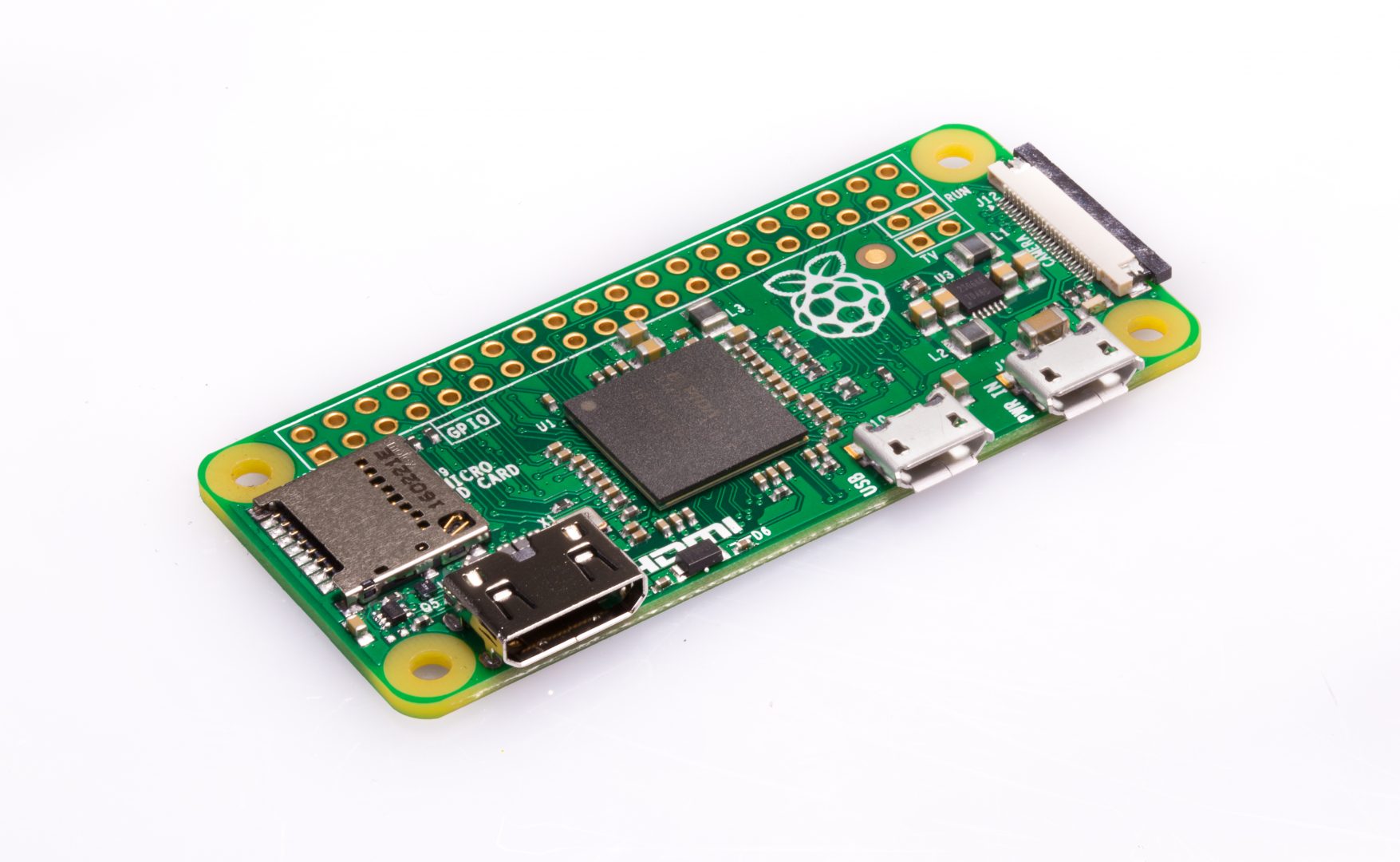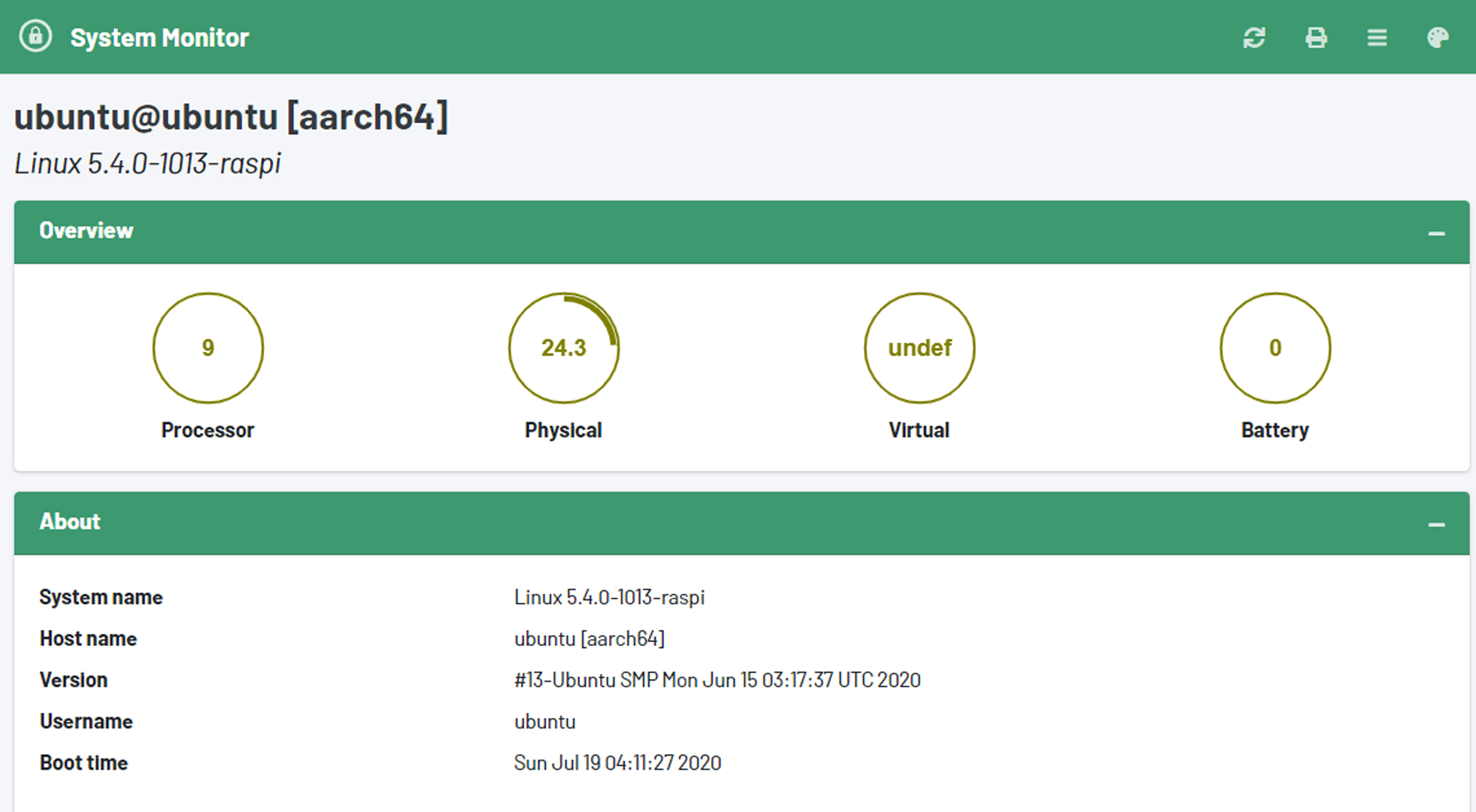How To Remotely Manage Raspberry Pi Free: The Ultimate Guide
Managing your Raspberry Pi remotely without breaking the bank is easier than you think. Whether you're a tech enthusiast or just starting out with Raspberry Pi, this guide will walk you step-by-step through setting up a free remote management system. No expensive software required – just a little bit of knowledge and some free tools.
Picture this: you're chilling at your favorite coffee shop, sipping your latte, and suddenly you need to access your Raspberry Pi back home. Sounds impossible, right? Wrong! With the right setup, you can remotely manage your Raspberry Pi for free, no matter where you are. This guide is here to help you do exactly that.
Before we dive deep into the nitty-gritty, let's talk about why remote management is such a game-changer. Whether it's troubleshooting a project, running scripts, or just checking on your Pi, being able to access it from anywhere is a huge convenience. Plus, doing it all for free? That's the cherry on top. Let's get started!
- Aditi Mistry Hot New Video The Buzz The Facts And Everything You Need To Know
- Hdhub4u In Com Your Ultimate Movie Streaming Destination
Why Remotely Manage Raspberry Pi Free?
So, why should you even bother with remote management? Here's the deal: managing your Raspberry Pi remotely saves time, effort, and money. Instead of physically being near your Pi every time you need to make changes, you can do it from the comfort of your couch or even while you're traveling. And the best part? You don't have to spend a dime on expensive software.
Remote management opens up a world of possibilities. Imagine being able to update your Pi's software, monitor its performance, or even reboot it without lifting a finger. It's like having a personal assistant for your Raspberry Pi, but better – because it's free!
Tools You Need to Get Started
Before we jump into the setup process, let's talk about the tools you'll need. Don't worry, they're all free and easy to use:
- Unveiling The World Of Filmyfly Your Ultimate Movie Destination
- Joyce Dewitt The Remarkable Journey Of A Tv Icon
- SSH (Secure Shell): This is the backbone of remote management. It allows you to connect to your Pi securely over the internet.
- Port Forwarding: This lets you access your Pi from outside your local network.
- Dynamic DNS (DDNS): Keeps your Pi's IP address updated, so you can always find it.
- VNC Viewer: For graphical access to your Pi's desktop.
- Putty: A popular SSH client for Windows users.
With these tools in hand, you'll be ready to conquer the world of remote Raspberry Pi management.
Setting Up SSH on Your Raspberry Pi
SSH is the first step in remotely managing your Raspberry Pi. It's like the secret handshake that lets you connect to your Pi securely. Here's how you do it:
- Boot up your Raspberry Pi and log in.
- Open the terminal and type
sudo raspi-config. - Navigate to "Interfacing Options" and enable SSH.
- Reboot your Pi to apply the changes.
And just like that, SSH is ready to go. Easy, right?
Troubleshooting SSH
Sometimes, things don't go as planned. If you're having trouble with SSH, here are a few tips:
- Make sure SSH is enabled in the Raspberry Pi configuration.
- Check your network connection – a stable internet connection is crucial.
- Verify the IP address of your Pi to ensure you're connecting to the right device.
With these troubleshooting tips, you'll be up and running in no time.
Understanding Port Forwarding
Port forwarding is like giving your Raspberry Pi a VIP pass to the internet. It allows external devices to connect to your Pi by forwarding specific ports through your router. Here's how you set it up:
- Log in to your router's admin panel.
- Find the port forwarding settings.
- Add a new rule, specifying the port number (usually 22 for SSH).
- Set the internal IP address to your Raspberry Pi's address.
- Save the changes and test the connection.
Port forwarding might sound intimidating, but with these steps, it's a breeze.
Security Considerations
When you open ports on your router, you're also opening potential security risks. To keep your Pi safe:
- Use strong passwords for your SSH login.
- Consider using a non-standard port for SSH to deter attackers.
- Enable a firewall to block unauthorized access.
By following these security tips, you can enjoy the benefits of remote management without worrying about hackers.
Using Dynamic DNS for Easy Access
Dynamic DNS (DDNS) is your Pi's address book. It keeps track of your Pi's IP address, so you can always find it, even if your ISP changes it. Here's how to set it up:
- Sign up for a DDNS service like No-IP or DuckDNS.
- Create a hostname for your Pi.
- Install the DDNS client on your Pi to keep the hostname updated.
- Test the connection using the hostname instead of the IP address.
With DDNS, you'll never lose track of your Pi again.
Choosing the Right DDNS Provider
Not all DDNS providers are created equal. When choosing one, consider the following:
- Free vs. paid services – some offer limited features for free.
- Reliability – look for providers with a good uptime record.
- Client support – make sure the provider offers a client for Raspberry Pi.
Picking the right DDNS provider ensures a smooth remote management experience.
Connecting with VNC Viewer
If you need to access your Raspberry Pi's desktop remotely, VNC Viewer is your best friend. Here's how to set it up:
- Install the RealVNC server on your Raspberry Pi.
- Enable VNC in the Raspberry Pi configuration.
- Download and install the VNC Viewer app on your device.
- Connect to your Pi using its IP address or hostname.
VNC Viewer gives you full graphical access to your Pi, making it perfect for tasks that require a GUI.
Tips for Using VNC Viewer
Here are a few tips to make your VNC Viewer experience smoother:
- Adjust the resolution to match your device's screen size.
- Enable encryption for secure connections.
- Use keyboard shortcuts to speed up your workflow.
With these tips, you'll be navigating your Pi's desktop like a pro.
Advanced Features for Power Users
Once you've mastered the basics, it's time to explore some advanced features. Here are a few ideas:
- Automated Backups: Set up a cron job to automatically back up your Pi's files.
- Remote Monitoring: Use tools like Grafana to monitor your Pi's performance in real-time.
- SSH Tunnels: Create secure tunnels for transferring files or accessing services.
These advanced features will take your remote management skills to the next level.
Staying Updated
Technology is always evolving, and so should your skills. To stay on top of the game:
- Follow Raspberry Pi forums and communities.
- Experiment with new tools and techniques.
- Keep your Pi's software up to date.
By staying updated, you'll always be ready for whatever challenges come your way.
Conclusion: Take Control of Your Raspberry Pi
Remotely managing your Raspberry Pi for free is not only possible but also incredibly rewarding. With the right tools and a little know-how, you can access your Pi from anywhere in the world. Whether you're troubleshooting a project or just checking on your Pi's status, remote management makes life easier.
So, what are you waiting for? Grab your Raspberry Pi, follow this guide, and start managing your Pi like a pro. And don't forget to share your experience in the comments below. Who knows, you might just inspire someone else to take the leap!
Table of Contents
- How to Remotely Manage Raspberry Pi Free: The Ultimate Guide
- Why Remotely Manage Raspberry Pi Free?
- Tools You Need to Get Started
- Setting Up SSH on Your Raspberry Pi
- Understanding Port Forwarding
- Using Dynamic DNS for Easy Access
- Connecting with VNC Viewer
- Advanced Features for Power Users
- Conclusion: Take Control of Your Raspberry Pi



Detail Author:
- Name : Pansy Bernier III
- Username : iauer
- Email : witting.lewis@gmail.com
- Birthdate : 1970-09-01
- Address : 3482 Schmeler Pine Lake Audratown, WI 20418-0014
- Phone : 980-635-2493
- Company : Blanda, Gerlach and Schroeder
- Job : Woodworking Machine Operator
- Bio : Sed ut nobis nostrum neque temporibus. Porro hic sit facere. Quia error accusantium quisquam. Nobis omnis est autem quibusdam autem ea.
Socials
twitter:
- url : https://twitter.com/grant2000
- username : grant2000
- bio : Ut aut dolorem corrupti quos modi voluptas. Adipisci deserunt quibusdam iure occaecati dolore. Molestiae iure cupiditate neque fugiat.
- followers : 3899
- following : 596
instagram:
- url : https://instagram.com/roman_official
- username : roman_official
- bio : Animi harum quia facere non natus corrupti. Delectus aut sit quidem in ipsa delectus ut.
- followers : 6026
- following : 381
facebook:
- url : https://facebook.com/romangrant
- username : romangrant
- bio : Aliquid velit accusantium tempore magni aut molestias.
- followers : 6262
- following : 2600